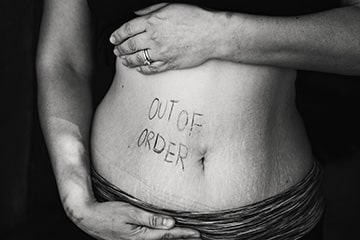The Link Between Sleep And Weight Loss
 It’s almost a badge of honor to say you’re getting too little sleep. It’s as though you’re working harder, but that’s not always true. In fact, lack of sleep, can affect your productivity at work or at school. It also can make weight loss harder. You burn calories as you sleep and getting adequate sleep can help you burn even more calories.
It’s almost a badge of honor to say you’re getting too little sleep. It’s as though you’re working harder, but that’s not always true. In fact, lack of sleep, can affect your productivity at work or at school. It also can make weight loss harder. You burn calories as you sleep and getting adequate sleep can help you burn even more calories.
Too little sleep can cause an imbalance of hunger/satiety hormones.
When you don’t get enough sleep, your body starts producing less of the satiety hormone, leptin, which makes you feel full. It also boosts the production of ghrelin, the hormone that makes you hungry. It’s pretty hard to control your appetite when your hormones that are sending messages to your body are out of whack. Too little sleep can also cause a craving for sugar and sugary treats, to give you a boost of energy.
You’ll slow your metabolism when you don’t get enough sleep.
Your metabolism helps burn the calories you consume, even when you’re not working out or simply sleeping. That can cause weight loss to be even more difficult. One mega study that reviewed a large group of studies showed that those who lacked adequate sleep increased their potential to be obese by 55% if they were an adult and by 89% if they were a child.
What you eat at bedtime may make a difference, too.
Sometimes, it’s hard to sleep and you need a little snack to sleep better. It’s built into our DNA from early man, who kept hunting until he ate. If insomnia that’s keeping you awake, try eating a high protein food, such as cottage cheese. Cottage cheese contains casein protein, which also increases the number of calories you burn as you slumber. You’ve probably heard about drinking a glass of warm milk before bedtime, it’s based on the same principle. It also takes about seven hours to digest, so your digestion will be working throughout the night, while providing protein during the night for muscle repair.
- Room temperature can make a difference. A cooler room helps you sleep better, but also help you burn more belly fat. Studies show a room temperature of 66 degrees is ideal for shedding visceral fat.
- If you sleep well at night and get enough sleep, you’ll have more energy throughout the day. That can help you stay more active and burn more calories.
- There are several degrees of sleep, with deep sleep being the time when you burn the most calories. Creating a sleep schedule and sticking with it, even on weekends, can boost your deep sleep time.
- Avoid hitting the snooze button if you want the best type of sleep. When the alarm goes off, get up. You’ll get more uninterrupted sleep that way.
For more information, contact us today at Body Sculptors Personal Training



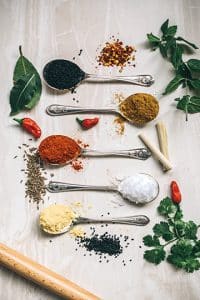 Whether your goal is just to build your immunity to stay fit or ward exposure to an exposure to a virus or bacterial infection, clients at Body Sculptors in Louisville, KY, ask for help finding foods that build immunity.
Whether your goal is just to build your immunity to stay fit or ward exposure to an exposure to a virus or bacterial infection, clients at Body Sculptors in Louisville, KY, ask for help finding foods that build immunity.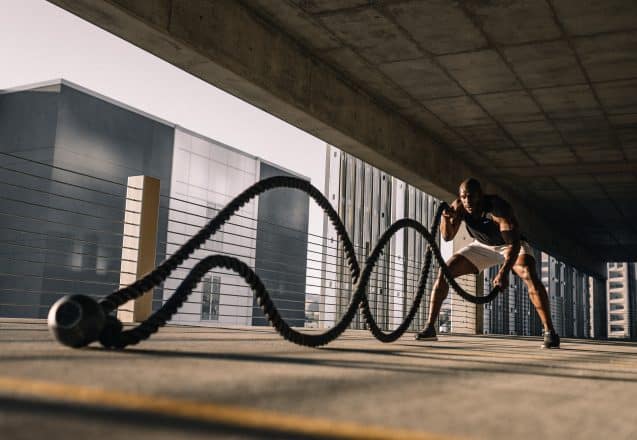
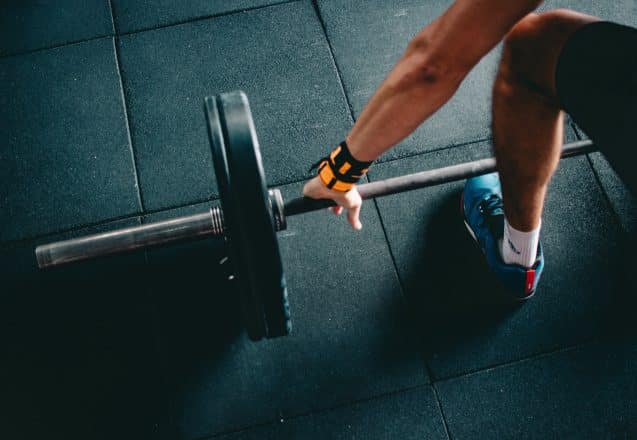
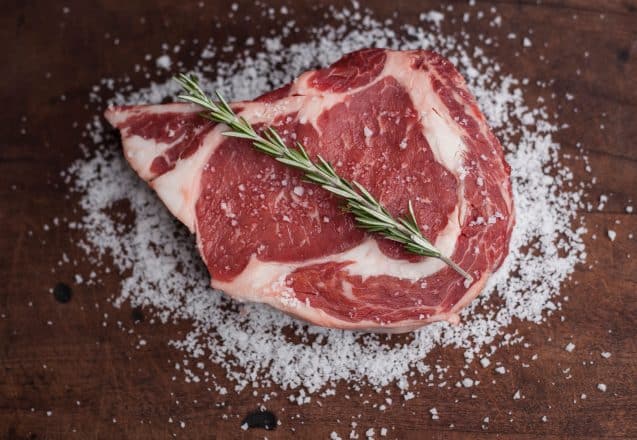

 At Body Sculptors in Louisville, KY, we help you become your healthiest. That includes both your diet and an exercise program. Both of these are personalized just for you. Making adjustments in diets for each skin type further personalizes the meals. Diets can help you lose weight and build muscle. They can improve your overall health to make your body operate perfectly. Your skin is your biggest organ, so feeding it properly is important.
At Body Sculptors in Louisville, KY, we help you become your healthiest. That includes both your diet and an exercise program. Both of these are personalized just for you. Making adjustments in diets for each skin type further personalizes the meals. Diets can help you lose weight and build muscle. They can improve your overall health to make your body operate perfectly. Your skin is your biggest organ, so feeding it properly is important.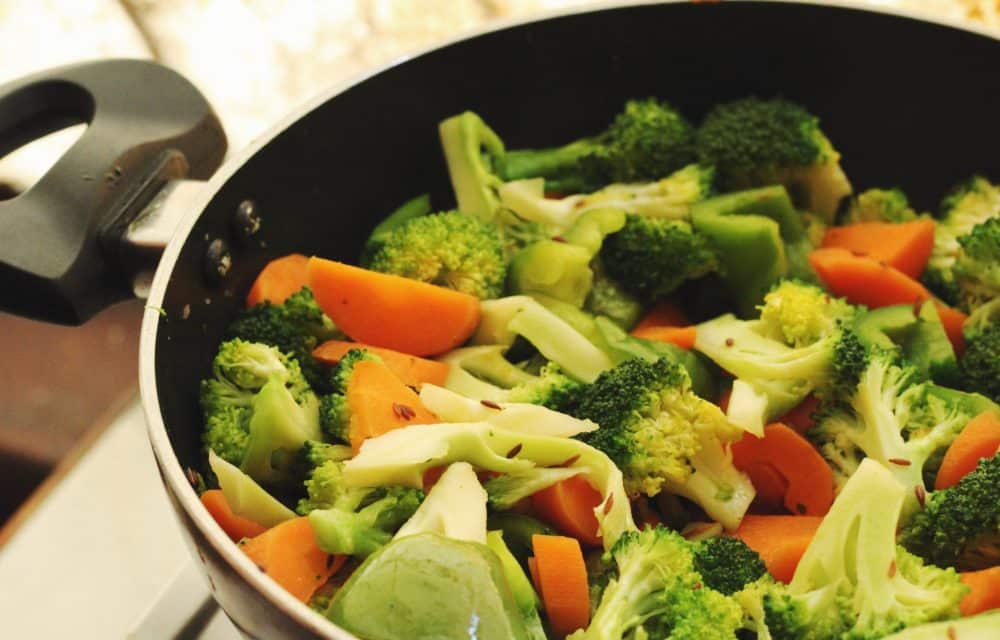
 Is raw food healthier than its cooked counterpart? There is no yes or no answer. Things are a bit more complicated. Let’s start with raw fish and meat. Why do you cook them? It kills parasites and bacteria that can make you sick. However, with some raw meat, egg and fish dishes, like sushi and steak tartare, using only the best meat or fish and preparing it in a highly sanitized area can remove the risk. Some recipes for tartare may contain some vodka, which also can cut the amount bacteria. Raw fish can contain more nutrition, like omega-3 fatty acids.
Is raw food healthier than its cooked counterpart? There is no yes or no answer. Things are a bit more complicated. Let’s start with raw fish and meat. Why do you cook them? It kills parasites and bacteria that can make you sick. However, with some raw meat, egg and fish dishes, like sushi and steak tartare, using only the best meat or fish and preparing it in a highly sanitized area can remove the risk. Some recipes for tartare may contain some vodka, which also can cut the amount bacteria. Raw fish can contain more nutrition, like omega-3 fatty acids.
 If you’re female and want a curvy look that includes a narrower waist and flat stomach, you want to focus on ab exercises for women. Abs include transverse abdominis, rectus abdominis, internal obliques and external obliques. If you want a flatter stomach, you need to strengthen those muscles, plus work on other core muscle groups. If you want a flat stomach and a sculpted outline, you also need to get rid of the fat that covers them. You can’t spot exercise to get rid of the fat. You have to lose weight all over. Eating healthy should be the start of your quest to get strong ab muscles and a great looking appearance.
If you’re female and want a curvy look that includes a narrower waist and flat stomach, you want to focus on ab exercises for women. Abs include transverse abdominis, rectus abdominis, internal obliques and external obliques. If you want a flatter stomach, you need to strengthen those muscles, plus work on other core muscle groups. If you want a flat stomach and a sculpted outline, you also need to get rid of the fat that covers them. You can’t spot exercise to get rid of the fat. You have to lose weight all over. Eating healthy should be the start of your quest to get strong ab muscles and a great looking appearance.